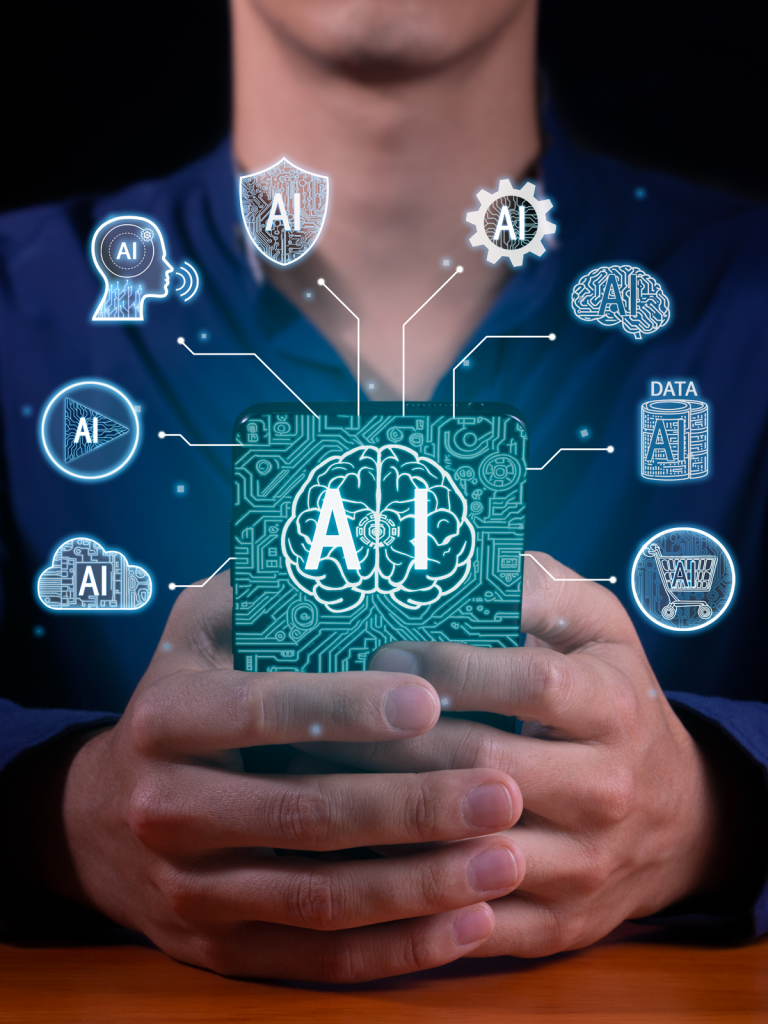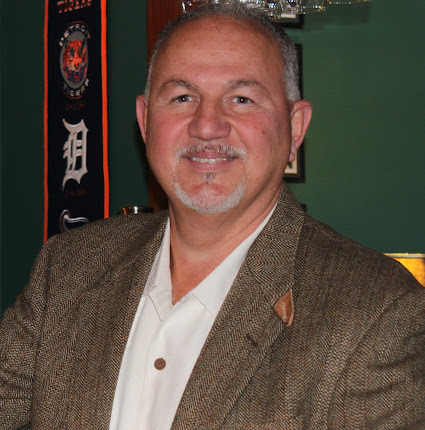By Scot Noel
Imagine if you will, today’s world without automobiles. Or rather, a world in which news of their invention has only recently hit the public consciousness.
The media is filled with visions of a future where individuals and families can travel independently, free of transit schedules and crowded buses and trains. Robust rovers are promised that will get you and your family to secluded beaches and mountain hideaways. Tourism will explode. Teenagers can already feel the keys in their hands and look forward to date night taking on whole new possibilities!
But would these heralded symbols of freedom ever find acceptance in a world where the Internet and its doom scrollers enthusiastically predict the end of civilization? No doubt the obvious insanity of the auto would be trolled at every opportunity.
- Gasoline is flammable! Every emergency room will be filled with burn victims.
- You’ll have to bury tanks of toxic fuel on every street corner to keep these things going. Without experts to handle the pumping, people would spill gas everywhere.
- In the US alone, crash deaths might rise to 40,000 to 50,000 fatalities per year. The cost to the economy in injuries, death, and property damage will bankrupt the country!
- It’s not possible to build enough roads for all these things, and if it were, people would constantly be getting lost. There would have to be signs, and road lights, and traffic control systems. It would bankrupt every state, the US, the world!
- To keep people safe, you’d have to strap them down, explode air cushions in front of during collisions, and there’s no way to make an automobile safe for young children to ride in!
- What are you going to do with the worn-out ones? Imagine the wastelands of metal; the endless storage yards of old auto junk; the unsightly graveyards of rusting metal. Not in my backyard!
You get the idea. And I didn’t even go into the enormous health and environmental impact of leaded gasoline. Ethyl, as it was commonly known, was highly dangerous due to its toxic effects on human health and the environment. Tetraethyl lead, the additive used to improve engine performance for over three quarters of a century, caused a range of serious health issues, including neurological and cognitive damage, especially in children, as well as cardiovascular and kidney problems in adults. Its widespread use contributed to environmental pollution, including air, water, and food. It raised lead levels in the atmosphere to dangerous levels, leading to widespread public health concerns.
Yet, in our real world, we not only accepted these risks, problems, and disadvantages, we developed entire industries around mitigating them. Because once automobiles made their way into the culture, nay, into civilization itself, there was no way they were going to be banned, even at the risk of our own lives.
In fact, learning to drive and getting your own vehicle became a rite of passage into adulthood.
I know this social pressure firsthand. As a bookish nerd, I made it all the way through college without getting my driver’s license. (While I’m nowhere near as smart as Sheldon from The Big Bang Theory, there are parallels.)
When I got my physical for a learner’s permit at the age of 22, the doctor looked at me a little incredulously and asked “so, what the hell’s wrong with you?” Owning and driving cars was not only normalized, but it had also become conventional and expected behavior, regardless of all dangers.
Risk Perception Bias
Humans are bad at evaluating risk. In fact, the average person is pretty darned delusional about it. We tend to see that which is new or which has changed as risky and accept that which we encounter every day as either safe or of minimal consequence to our wellbeing.
Our brains are wired so that familiarity breeds complacency. The more we’re exposed to something, the less we perceive it as dangerous. This leads to an underestimation of everyday risks, while at the same time we vastly overestimate risks when the new and unfamiliar comes our way. This is especially true when we perceive that there is nothing we can do and forces beyond our control are moving us in directions we cannot forestall.
This perceptual bias skews our ability to rationally evaluate the dangers inherent in hurtling down highways in metal boxes powered by superheated explosions. The irony? We buckle up, turn the key, and merge onto the freeway without a second thought, all while fretting over threats which are statistically rarer or even occupy the status of theoretical future events.
(Yes, in our history there was early moral panic about the advent of automobiles, including the effect on the well-being of horses, the economic downturn due to the loss of the carriage industry, and that excessive noise would cause widespread nervous disorders.)
Should We Live in Existential Dread of the Future?
Climate change is here today. Artificial Intelligence and robotic systems are changing everyday life as I write this. We live in a world of gene-editing, nuclear power, genetically modified food, and programmable vaccines.
How much should we be living in fear over these things? After all, something is bound to go wrong and affect the lives of billions of humans!
Or, when it comes down to it, will we get past these new developments the way we got past leaded gasoline and “Unsafe (to drive) at Any Speed”?
Facing fear, dread, and existential threats requires a balanced perspective. Much like society adapted to the cultural and civilizational changes represented by automobiles, we have the capacity for resilience and innovation in all things.
The real challenges of today—environmental, technological, political—are formidable, yet history shows we can navigate perilous waters. Awareness, preparedness, and action are key, not succumbing to paralyzing dread and nihilistic daydreams.
Collaborative efforts, scientific and industrial advancements, and global initiatives offer paths forward, demonstrating our ability to tackle and mitigate existential risks, as we adapt and overcome on our way to a livable future.
AI May Help!
One of our fears, the coming of Artificial General Intelligence (AGI), may turn out to be one of our best opportunities for distinguishing between unreasonable fears and real risks, as well as developing the tools and approaches to keep us safe.
AGI, by its nature, could enhance our ability to analyze vast datasets and complex systems, providing insights to help distinguish real risks from exaggerated fears.
It could offer predictive models to help us see the consequences of our actions and policies, thereby guiding us toward safer, more informed decisions.
Furthermore, AGI could assist in designing advanced safety protocols, emergency response strategies, and in mitigating the effects of climate change, pandemics, and other global challenges. Thus, while the coming reality of AGI introduces new considerations, it also holds the potential to become an invaluable ally in securing a safer future.
And that would be a far different vision than the awakening of Skynet and the arrival of the Terminator.
After all, in the world of the automobiles, the fatality rate per distance driven has only decreased, falling dramatically from the 1960s to present day. Restraint systems, crashworthiness, active safety features, and advanced driver assistance all contribute to a level of vehicle safety unknown to previous generations.
Today there are over 100 vehicles on this year’s Top Safety picks Insurance Institute for Highway Safety (IIHS) awards! You can drive safely! And hopefully, while maintaining a little caution, you can also welcome the future with open arms.
END
Reference Links for Further Study:
A Moment in Time: Highway Safety Breakthrough
How the World Eliminated Lead from Gasoline
Why are Humans Bad at Calculating Risk
Risk Perception and Decision making
How Artificial Intelligence Can Inform Decision Making
How AI could power the climate breakthrough the world








